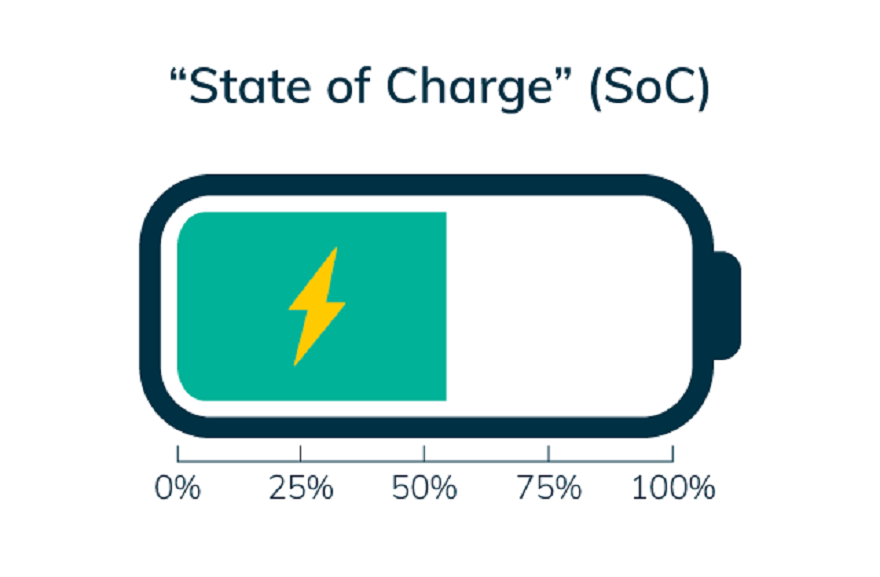
Usable vs. Gross Capacity: What Every EV Owner Needs to Know
The battery packs in electric vehicles (BEV) never utilize 100% of its total capacity. This is due to a buffer set by manufacturers to avoid completely charging or discharging the battery pack that can damage the battery pack in the long run. As a protective measure, the manufacturers set a limit on the Battery Management System (BMS) on the amount of capacity the car can draw on to move, i.e usable capacity.
This usable capacity, or net capacity, is the battery capacity the car can use to propel itself. While the gross capacity, or the total capacity, is the total amount of energy that a battery pack can hold, both of which are measured in kilo Watt hours (kWh). For instance, BMW’s i5 electric sedan comes with an 83.9kWh total capacity, however the car can only utilize its usable capacity 81.9kWh to move the car. The difference between the total capacity and the usable capacity of 2kWh is a buffer set by BMW on the BMS to ensure the battery pack is safeguarded against deep discharges and overcharging that can damage the battery pack in the long run.
In practice, when the state of charge (SoC) reads 100%, the battery pack is never charged to 100% of its total capacity, similarly the battery pack is never completely drained when the SoC is at 0%.
Most BEVs show an estimated range before requiring a top-up, and this estimated range displayed is calculated based on the usable capacity and not the gross capacity. As aforementioned, the battery pack is never completely drained at 0% SoC, and it may have some amount of energy left to travel a few miles before the car comes to a complete stop. When the car does come to a complete stop, the BMS will no longer permit to draw power from the pack even though there will be some amount of energy left to avoid draining the battery pack completely and prevent damaging the battery pack.
The amount of buffer manufacturers set varies across different chemistries. LFP chemistries tend to have a smaller buffer, for instance BYD Seal which has an 82.5kWh usable capacity with 84kWh total capacity with a 1.5kWh buffer. NMC chemistries tend to have a higher buffer due to lesser tolerance to store energy to its fullest capacity. For instance, VW’s electric SUV the ID4 employs the ternary NMC chemistry that has an 82.5kWh total capacity of which 77.5 kWh usable capacity. Leaving a 5kWh buffer which is a bigger buffer to a similarly sized battery pack of the Seal.
How do manufacturers present battery capacity—usable or gross? While usable capacity provides a more accurate estimate of real-world range, the approach varies across manufacturers. Some provide both figures, others focus solely on usable capacity, and some simply offer a single number. This can be attributed to various factors, including OEMs' marketing strategies and target audience. Typically, to emphasize real-world range, manufacturers highlight the usable capacity.
For a more informed customer base, manufacturers may disclose both usable and gross capacities. Conversely, some opt for simplicity by stating only a single number to help new customers warm up to an EV market and turn the focus to the car's range.
Image Courtsey
Title and Thumbnail: EVGo Blog
For any inquiries or suggestions regarding the content, please feel free to reach out to us at jash@evlane.net

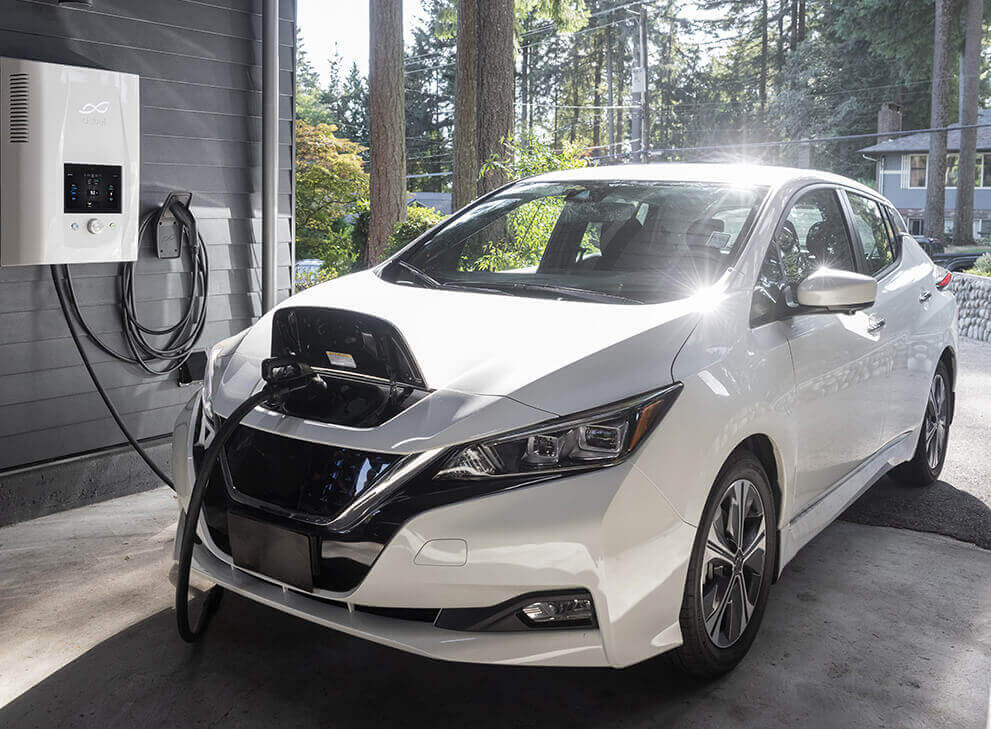
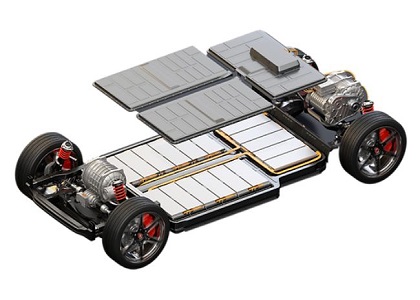
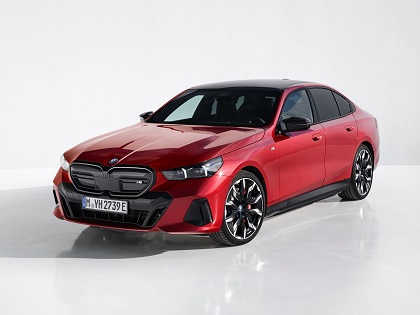
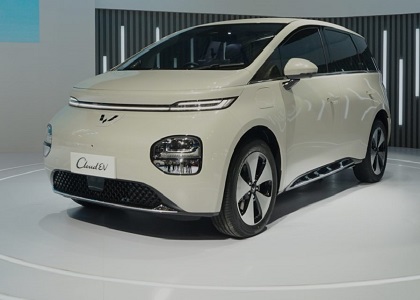
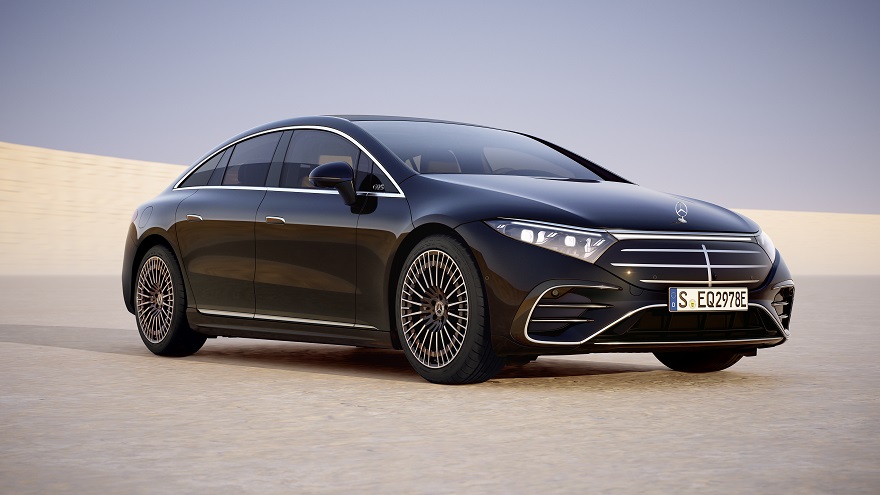
May 13, 2024
Category: